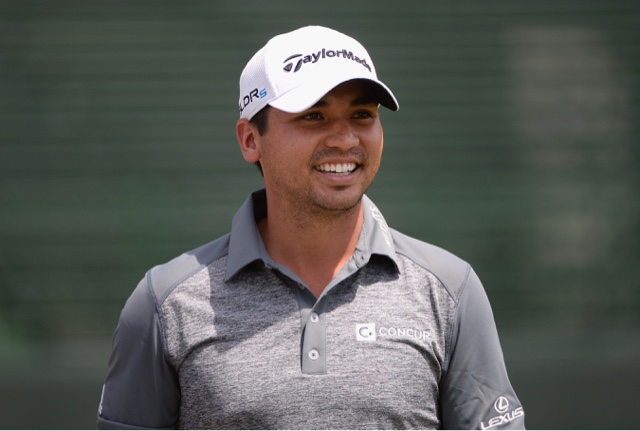They say, in life, that power corrupts, and absolute power, corrupts absolutely. Power is seductive. This is true for golfers as well. Almost every golfer wishes he had more power. After all, the long ball is sexy.
If you go to a driving range, you will see golfers hitting one driver after another, tiring themselves out, and annoying the ball picker, who keeps having to go off the property to collect all the wayward balls. While the average players hit driver, the good ones are hitting wedges.
The club manufacturers love this obsession with power, because it keeps the punters coming in to buy the latest and greatest driver. If they could come out with one guaranteed to land, and stay, in the fairway, now that would be a driver worth purchasing. But, it appears that drivers continue to out sell wedges and putters, even though the wedges and putters are the money clubs.
Even the top players are not immune to power's seductive qualities. In fact, that was what prompted me to think about this subject. I just read a piece that indicated that Tiger, in his good round yesterday, was observed hitting three woods and two irons off many of the tees. I can't confirm this, but I have the round taped, so I'll have to check it out. Tiger, arguably one of the greatest golfers ever to tee up a ball, has not been immune to power's siren call. In his desire to be explosive, and hit it out there with the big boys, Tiger has actually let the other guys have a chance.
Tiger had that famous stinger; a low, straight bullet, he was able to put in the fairway time after time. He didn't invent the shot, but he certainly had command of it, and made it famous. He was also a wonderful long iron player, and could quite readily use his three wood to get himself in scoring position. In his prime, he was absolute magic with the wedges, and as for the putter, forget about it. He was a holy terror on the greens. But, he has always found bashing his driver to be irresistible.
He did play, and win, an Open where he only hit his driver a couple of times, if at all. I forget the venue, but I recall at the time, and many times since, saying that it was a good thing for the rest of the field that Tiger keeps hitting driver. There was a time--I don't know about now--when he would have been virtually unbeatable but for his persistence with that pesky, and disobedient driver.
We have watched the emergence of Jordan Spieth as a major force in the game of golf. The naysayers--yes, there are naysayers--who are as infatuated with the long ball as most golfers, maintain he isn't long enough to dominate the game. His record-tying score at the Masters, his fantastic performance down under prior to that victory, and his record breaking performance in relation to par for all four Majors this year, strongly suggests, at least to me, that these guys don't know what they're talking about. But, they will keep believing it, and saying it.
In this "bomb and gouge" era, where many of the top players bash a drive, go find it, and gouge it out, making some exciting birdies, and some inopportune doubles as well, we still see guys like Zach Johnson and Jordan Spieth fare rather better than most with average length off the tee. It may be less exciting to some, but in Majors, you have enough excitement without having to search for your ball in the trees, or the fescue.
Recently, we have seen Matteo Manaserro lose his game, apparently trying to hit it longer. I hear he's gained at least twenty yards, but he isn't near the top of any leaderboards. Power is a grand thing to have, so long as you control it, and it doesn't control you. There is a time, in golf, when being about to "let out the shaft," or "let the big dog eat," can be a big advantage. We saw it with Jason Day at the PGA this year. Was it sixteen, in the last round, where he hit a 382 yard drive, and a 190 yard nine iron to the par five, essentially sealing the deal? When you are hitting your wedges great, putting well, and getting your drives in play, power is a big bonus.
Wayward drives have cost a lot of great players a lot of money, and caused them a lot of grief. How can we forget Phil's drive into the trees on 18 at the US Open when he finally had one in the bag--or should have. There are hundreds, if not thousands of similar tales, of tournaments lost because of long, but wayward, drives.
I don't recall a single tournament ever won with a long drive. It's almost always a putt that does it. Sometimes it's a sand or lob wedge from a green-side bunker, but they don't call the wedges and the putter the scoring clubs for nothing. If you are a long driver, and you have control, you have a definite advantage, but only if you can putt.
Perhaps Tiger has figured something out this week. If he keeps the driver in the bag, the rest of the guys might have to watch out. Unfortunately, he doesn't seem to be the same player with a wedge, or a putter, in his hands. If he parked the driver and got his short game back, he'd be that scary dude he once was. Only time will tell.

















